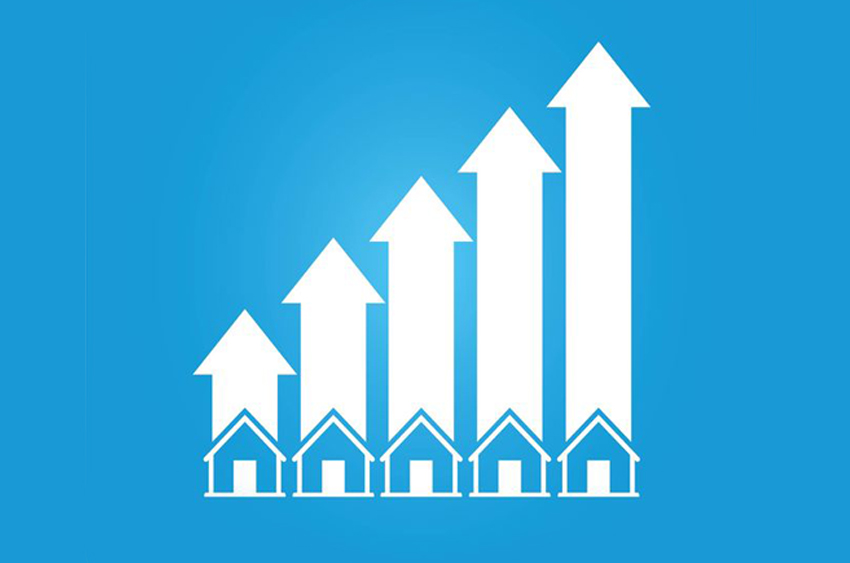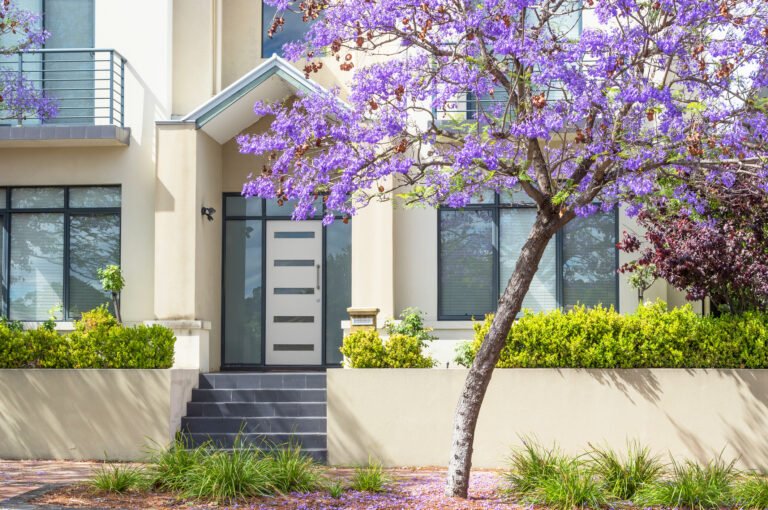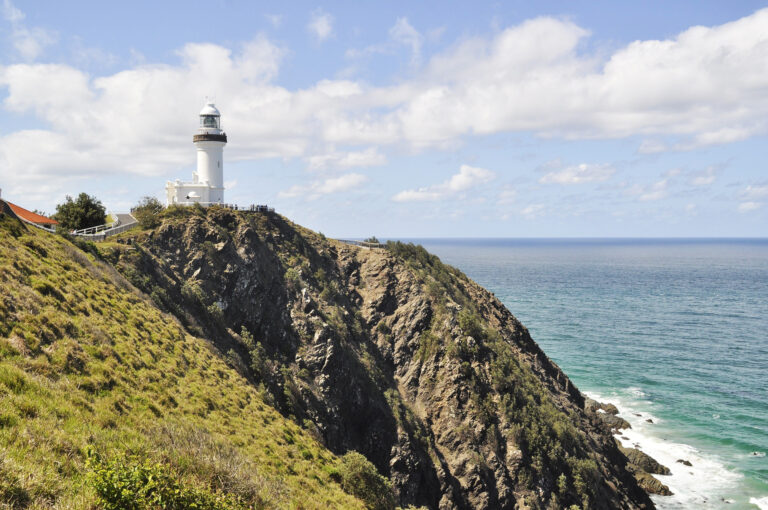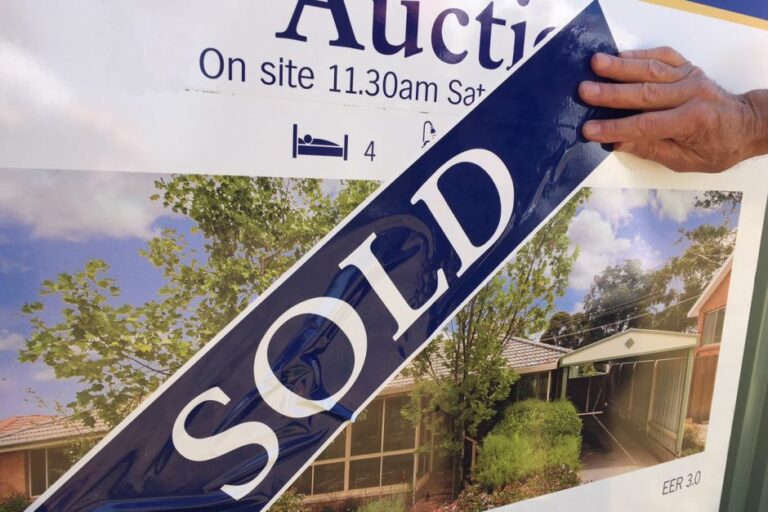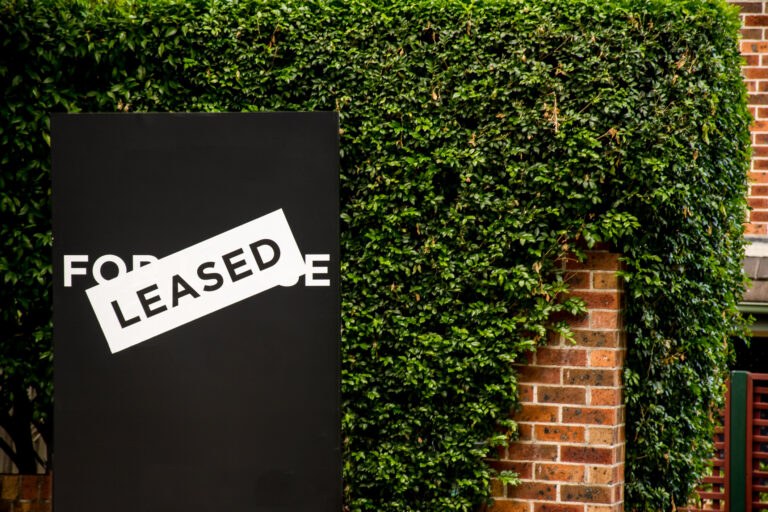Trades people are moving to Queensland in record numbers but it’s still not enough to meet the demand of a building boom triggered by interstate migration and HomeBuilder grants. Over the past two financial years, there has been a 40% rise in tradies applying for a ‘mutual recognition licence’, according to the Queensland Building and Construction Commission. QBCC data shows applications jumped from 541 during FY2019 to 821 in FY2021. The biggest spike in applications came from Victoria, with 161 tradies moving north in FY2021 compared to 83 in 2019 – but almost half (408) that moved north in FY2021 were from NSW. Plumbers, electricians, bricklayers and carpenters from interstate or NZ can apply to the QBCC for their credentials to be recognised in Queensland. The tradie migration is in line with population movements north, says HIA executive director Michael Roberts. “Queensland has been one of the main beneficiaries of HomeBuilder and we are crying out for more tradies,” he says. “There’s a shortage of roof plumbers and bricklayers.”
NSW Families Head To Coast
Young families from NSW are turning their lifestyle dreams into reality and leading the mass migration to the Gold Coast and other parts of South-East Queensland in a trend that’s fuelling the booming property market. Once a magnet for retirees, the sunshine state is now a hotbed of millennials and Gen Z buyers from across the border seeking affordability, space and better quality of life in an age of remote working, according to the new Domain Queensland Spotlight Report. The report finds that claiming the locations attracting most average views per listing on domain.com.au include Nerang, Broadbeach-Burleigh, Coolangatta and Mudgeeraba-Tallebudgera. “While Queensland has always been the spot for people to move interstate from Sydney or Melbourne, the pandemic has created a new environment for people to re-imagine what their life is,” says Nicola Powell, Domain chief of research and economics. “While South-East Queensland has always been front of mind for retirees, now it’s young families.
Quote of the Week
“The rapid growth in the value of Australian real estate means that the asset is of increasing importance to household wealth, reducing the instance of negative equity in an uncertain economic environment.”
Eliza Owen, CoreLogic Australia head of research
Home Values Surge Past $9 Trillion
The total value of residential real estate in Australia has surged to $9.1 trillion, gaining $1 trillion in just five months to set a record valuation for the sector. The total value of homes across the country is now 28.2% higher than the estimated value of superannuation, the ASX and commercial real estate, says CoreLogic data. In the past 12 months, home values rose by average of 20.3% – the fastest rate of annual growth since June 1989. CoreLogic’s Eliza Owen says the rapid growth in values means dwellings are of increasing importance to household wealth – and could generate more investor interest. NSW took the largest slice of the country’s residential market with 41%, amounting to $3.76 trillion. Victoria has 28% of the total value and Queensland accounted for 15%. Western Australia has 7.2% of the housing market, South Australia 4.%, the ACT 1.9% and the NT 0.5%. The sharp rise in valuation comes as the national median house price rose to $719,000 in September and units to $587,000
Re-financing Hits Record Levels
A recent surge in switching among property investors has helped lift the amount of mortgage refinancing being undertaken to record levels. Lending indicators released by the ABS show mortgage holders refinanced $17.8 billion worth of home loans to another lender in August – the highest ever recorded by the ABS. Owner-occupier refinancing dropped by 1% month-on-month, though it still reached over $11 billion during August. But refinancing among investors rose 11.5% to a new high of $6.53 billion. Refinancing levels have more than doubled since October 2018. The Reserve Bank has cut the official cash rate six times over that period and lenders have responded by dropping home loan rates. Since October 2018, the average variable rate in the Mozo database (P&I repayments, 80% LVR) has fallen by 121 basis points for owner-occupiers and 125 basis points for investors. As a result, existing mortgage holders have had the opportunity to switch to a lower interest rate
